Virginia forests - too far gone??
turbo_tpl
16 years ago
Related Stories
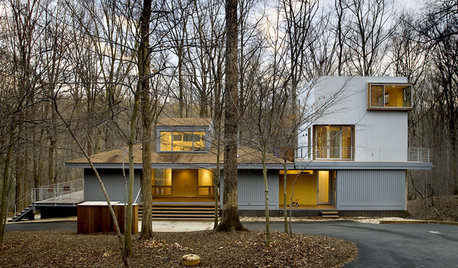
HOUZZ TOURSHouzz Tour: Modern Tower in a Virginia Forest
A tower with industrial materials, picture windows and citrine splashes makes a striking addition to the surrounding landscape
Full Story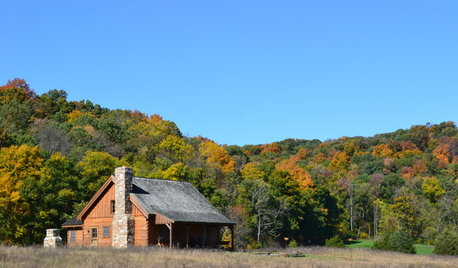
HOUZZ TOURSHouzz Tour: Country Cabin in Virginia
Simple family retreat is a comfortable place to take a break from modern life
Full Story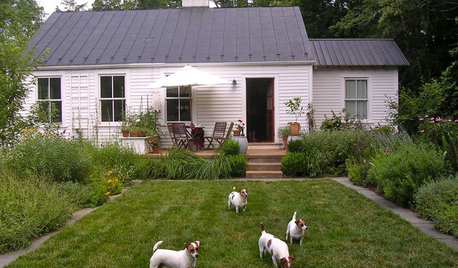
HOUZZ TOURSHouzz Tour: Virginia Wine Country Cottage
Monticello Neighbors Continue Jefferson's Gardening Tradition
Full Story
MORE ROOMSRoom Tour: Nursery Becomes 'Modern Forest'
Bold colors and whimsy create a design that will last for years (and children) to come
Full Story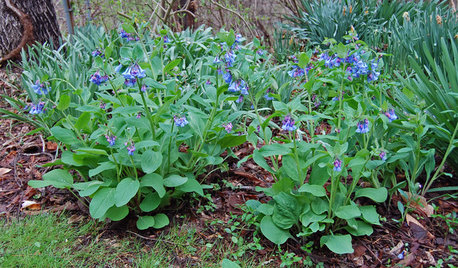
GARDENING GUIDESGreat Design Plant: Mertensia Virginica
Virginia bluebells provides relief from winter with a big display of color
Full Story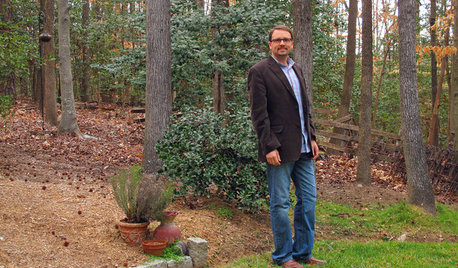
Designer Sketch: Josh McCullar
Ancient ruins, modern lines and back roads inspire a Virginia designer. See what's on his drawing board now
Full Story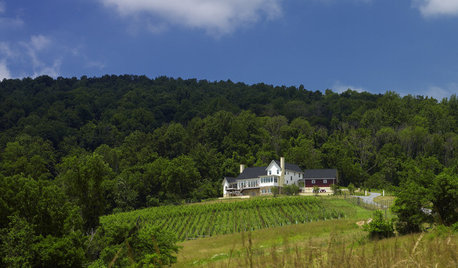
HOUZZ TOURSHouzz Tour: Retirees Follow Vineyard Dreams With a Hillside Farmhouse
Being closer to family and growing grapes for wine drove this 5-bedroom new build in the Virginia countryside
Full Story
HOUZZ TOURSHouzz Tour: From Overgrown Weeds to Picturesque Farmhouse Expanse
This once-neglected 100-acre South Carolina site now features a lake, a wood-filled farmhouse and a far-reaching view
Full Story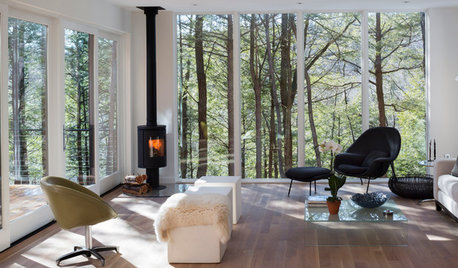
MODERN HOMESHouzz Tour: Creek Views Star in a Modern New York Home
Natural materials, all-white interiors and generous windows put the focus on forest and water in this weekend home for a family
Full Story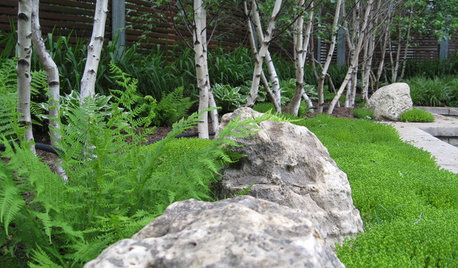
GARDENING GUIDESGreat Design Plant: Betula Populifolia
Add a touch of cool northern forest to your landscape with the highly ornamental, fast-growing and wildlife-friendly gray birch tree
Full StoryMore Discussions







lhafken
kbcherokee
Related Professionals
Beavercreek Landscape Architects & Landscape Designers · Waunakee Landscape Architects & Landscape Designers · Wilmington Landscape Contractors · Chattanooga Landscape Contractors · Concord Landscape Contractors · Crystal Landscape Contractors · Lynn Landscape Contractors · Shaker Heights Landscape Contractors · South Farmingdale Landscape Contractors · Crofton Fence Contractors · Eastvale Fence Contractors · Silver Spring Fence Contractors · Manassas Siding & Exteriors · New Lenox Siding & Exteriors · South Barrington Siding & Exteriorsturbo_tplOriginal Author
bob64
MissSherry
giantslug
mbuckmaster
MissSherry
radagast
amog
ladyslppr
krenster
jclark42
maifleur01